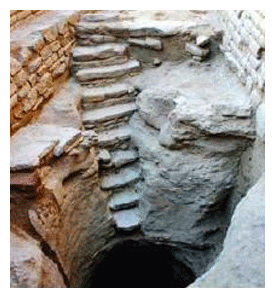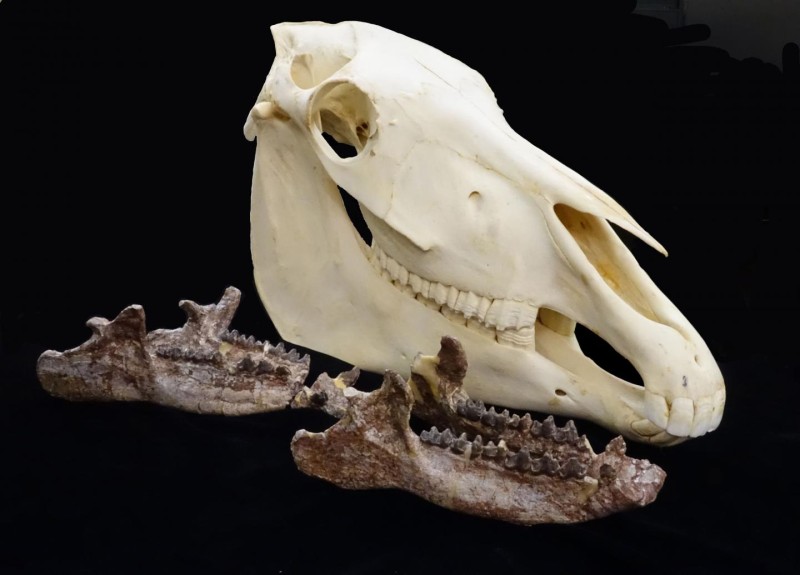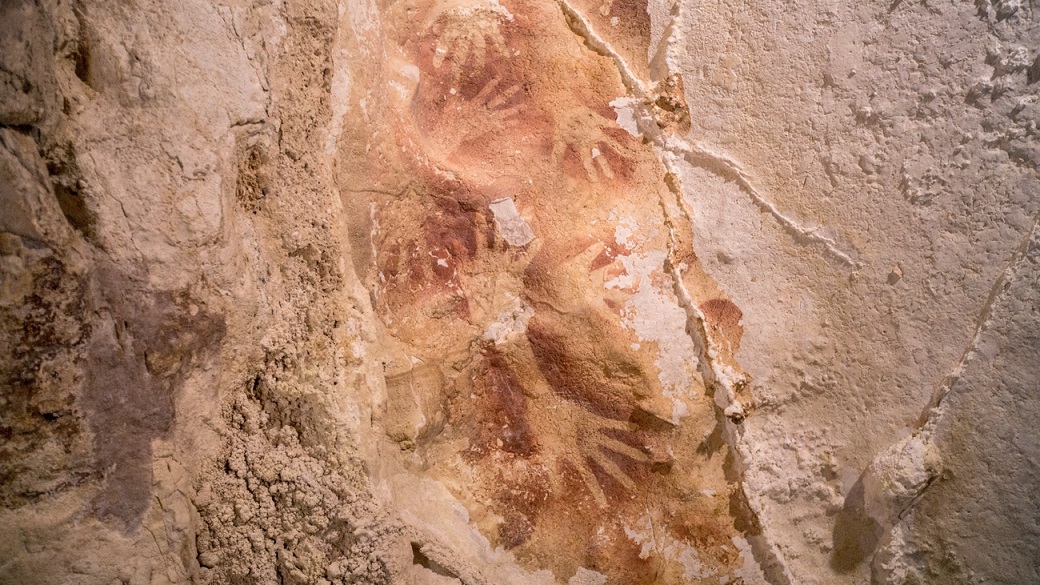
© The Times of IndiaThe stepwell that was found during the excavation by ASI in Dholavira, Kutch.
Ahmedabad: A 5,000-year-old stepwell has been found in one of the largest Harappan cities, Dholavira, in Kutch, which is three times bigger than the Great Bath at Mohenjo Daro.
Located in the eastern reservoir of Dholavira by experts from the Archaeological Survey of India working with IIT-Gandhinagar, the site represents the largest, grandest, and the best furnished ancient reservoir discovered so far in the country.
It's rectangular and 73.4m long, 29.3m wide, and 10m deep. Another site, the ornate Rani ki Vav in Patan, called the queen of stepwells, is already on Unesco list.
"This is almost three times bigger than the Great Bath of Mohenjo Daro that's 12m in length, 7m in width, and 2.4m in depth," said V N Prabhakar, visiting faculty at IIT and superintending archaeologist, ASI.
"We will conduct spot analysis in December as various surveys have indicated other reservoirs and stepwells may be buried in Dholavira," Prabhakar told TOI.
"We also suspect a huge lake and an ancient shoreline are buried in the archaeological site that's one of the five largest Harappan sites and the most prominent archaeological site in India belonging to the Indus Valley civilization," he added.
Experts will investigate the advanced hydraulic engineering used by Harappans for building the stepwell through 3D laser scanner, remote sensing technology and ground-penetrating radar system.


